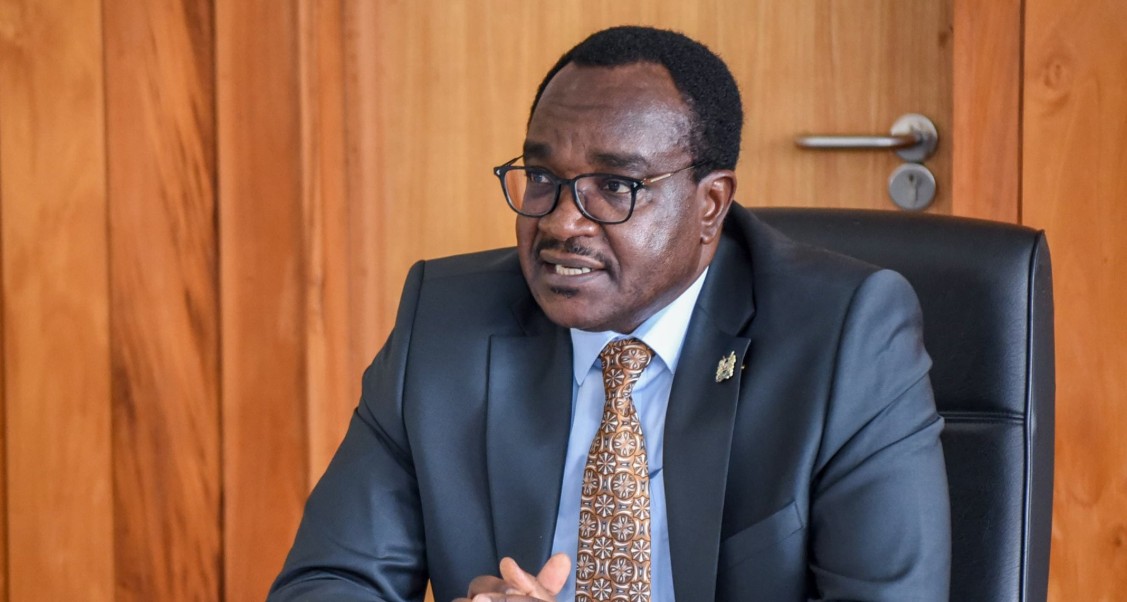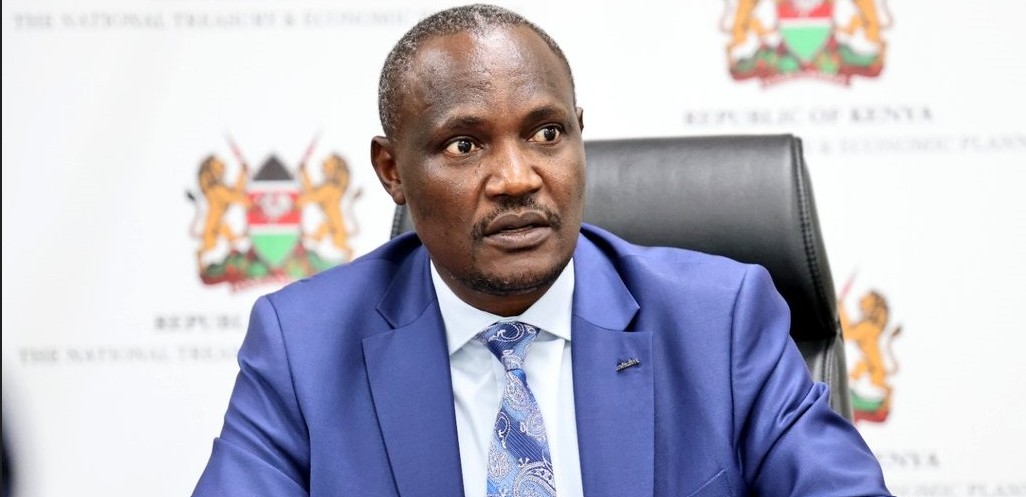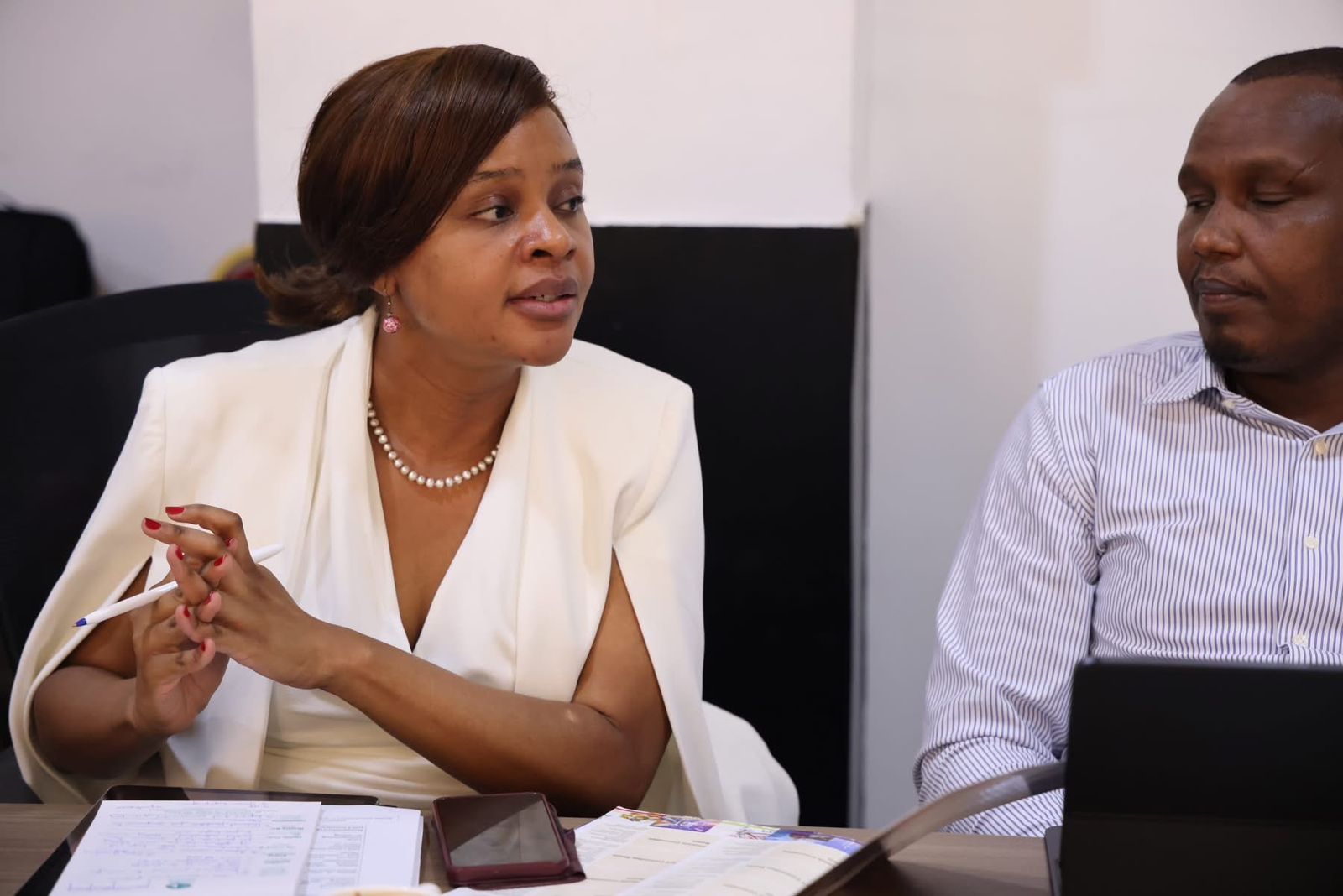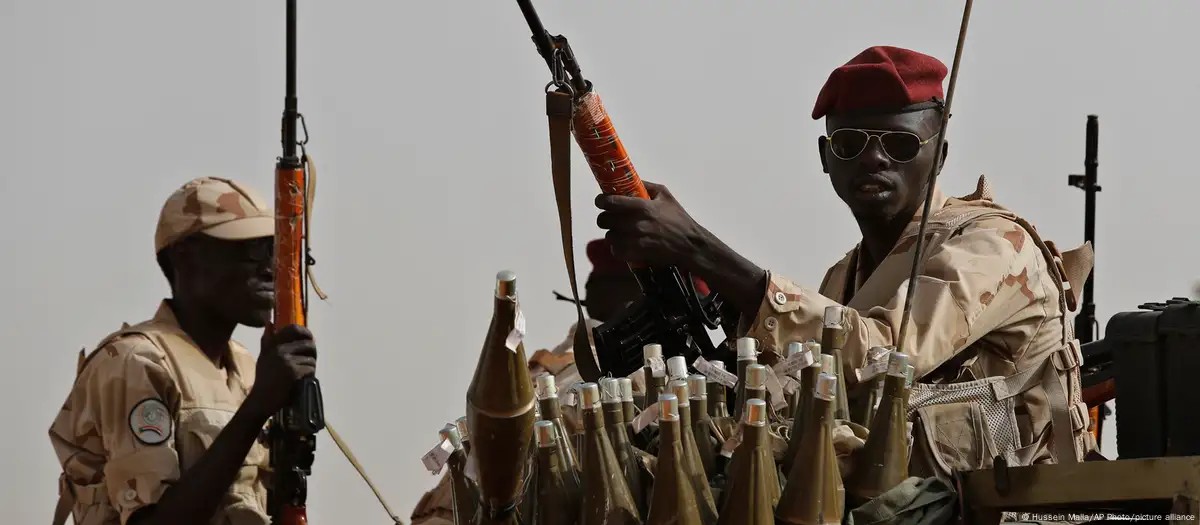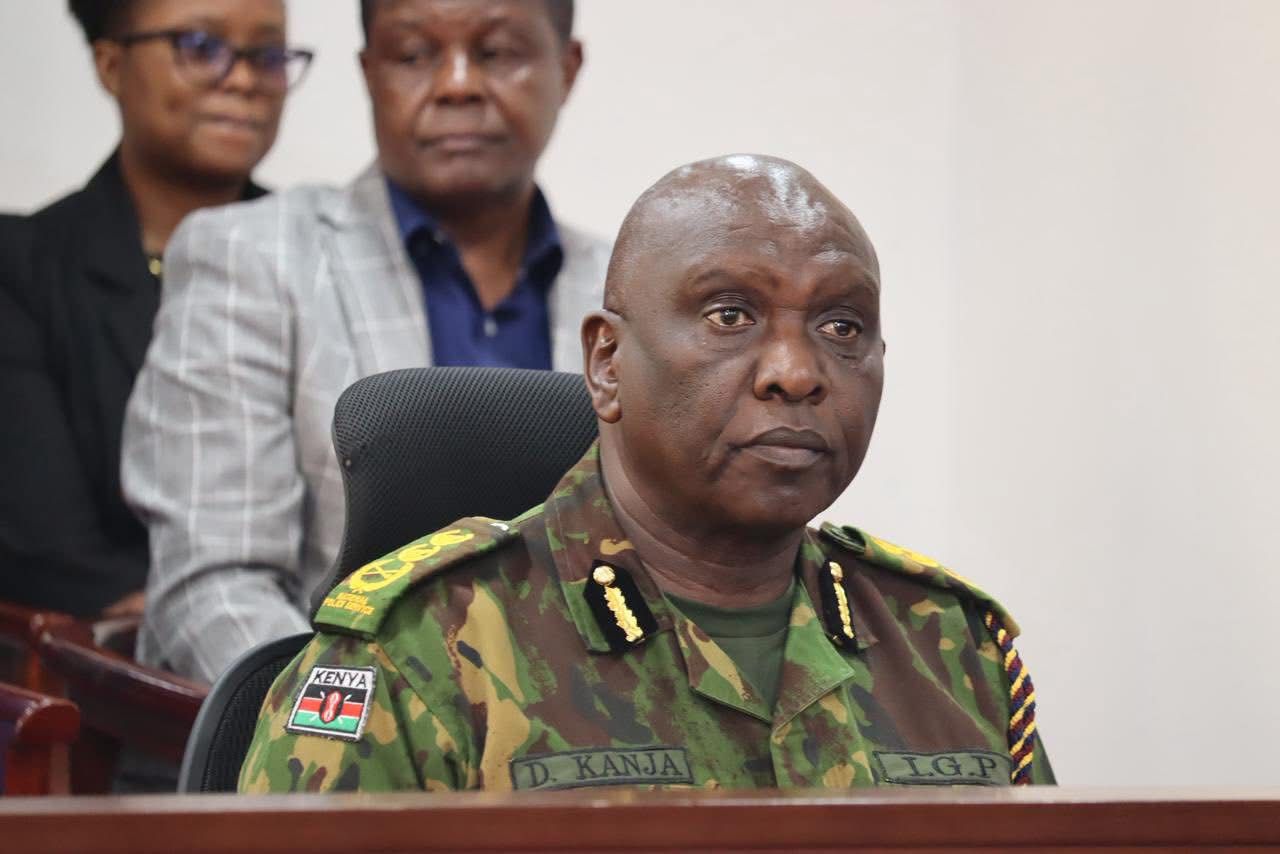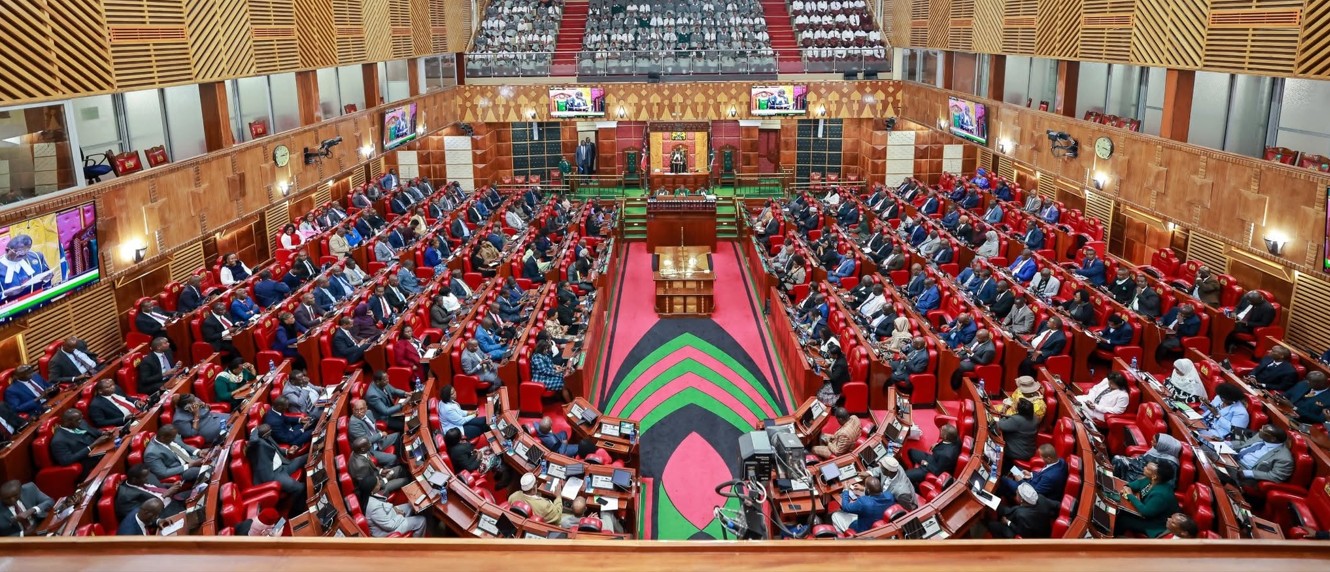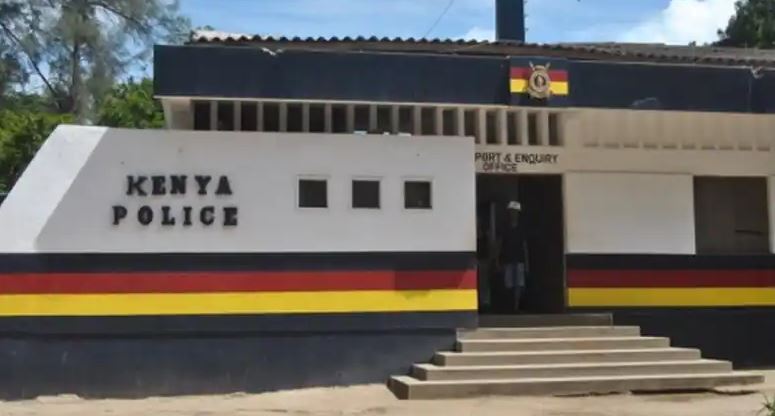Exhibition brings to life the untold suffering of Africans crossing to Europe through Libya
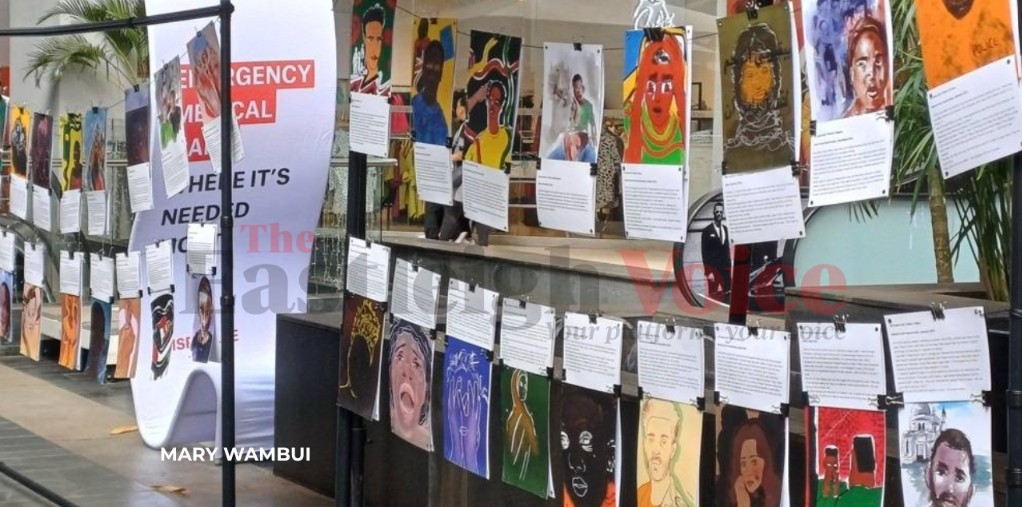
The Nairobi exhibition challenges Europe’s migration politics by putting faces to the thousands lost at sea — revealing how policy failures and neglect fuel one of the world’s deadliest crossings.
Every year, thousands of Africans leave their homes in search of better livelihoods or to escape conflicts and natural disasters. Lacking proper documentation, many are forced to use illegal and dangerous routes to cross into Europe. Along the way, they face beatings, torture, forced labour, and even death in their pursuit of freedom.
To highlight these harrowing experiences, Médecins Sans Frontières (MSF), also known as Doctors Without Borders, is hosting an exhibition titled “Humans in Transit” at the Village Market from October 31 to November 9.
More To Read
- MSF denounces atrocities in El Fasher, urges immediate action to aid trapped civilians
- How doctors offering free healthcare services are bringing hope to mothers in Somalia’s Mudug region
- MSF raises alarm over worsening cholera epidemic in DRC, over 58,000 cases reported
- 15,000 in Gaza await urgent medical evacuation amid fragile ceasefire
- Doctors Without Borders sounds alarm as mentally ill detained in South Sudan prisons
- Two dead in Nyayo Stadium stampede during Raila Odinga’s public viewing
The exhibition showcases testimonies from some of the 400 migrants, asylum seekers, and refugees the organisation has rescued over the past decade while they attempted to reach Europe through Libya.
The stories feature both minors and adults from Somalia, Somaliland, Eritrea, Ethiopia, Nigeria, Syria, and Palestine. They share their experiences from Libya and aboard MSF’s search and rescue vessels in the Mediterranean Sea, after being saved from boats in distress during their perilous journey.
Names withheld
To protect their identities, MSF has withheld their names and personal details. Their faces have instead been illustrated by four artists — Ngadi Smart, Tawab Safi, Barley Tshibanda, and Souad Kokash — who come from the same regions as the migrants. Beneath each portrait is a brief account of what they endured on their journey.
One story tells of a 13-year-old boy from Somaliland who fled poverty in 2015, hoping to reach Europe. An Ethiopian smuggler arranged for him to travel through Sudan, but his journey quickly turned into a nightmare. The boy, who was rescued in March 2017 by an MSF search and rescue boat, never reached his intended destination.
“He found himself in a camp where he was beaten and forced to survive on water mixed with flour and salt before reaching Libya,” the story recounts. “There, he was sold from one smuggler to another and forced to pay to cross the sea.”
 Illustrations by artists from Africa and the Middle East bring to life testimonies of migrants rescued by Médecins Sans Frontières. (Photo: Mary Wambui)
Illustrations by artists from Africa and the Middle East bring to life testimonies of migrants rescued by Médecins Sans Frontières. (Photo: Mary Wambui)
Another story is that of a 10-year-old boy from the Democratic Republic of Congo who was rescued in 2016. He and his older brother and sister had set out to join their parents in Europe.
“Soon after we entered Libya, criminals took us to a house; we were there for a month. They said if we paid them, they'd take us to Europe by car, but we didn't trust them. My brother and sister worked for a time, then we decided to go to Tripoli by taxi,” he said.
The siblings were later arrested at a city checkpoint and moved from one prison to another.
Migration routes: Brutal reality
Such accounts reveal the brutal reality of migration routes still being used today. Official data shows that since the beginning of 2023, at least 2,079 people have died or gone missing while attempting to reach Europe via the central Mediterranean.
"These are only the officially documented deaths," says MSF Communications and Fundraising Director, Sam Taylor.
"In reality, we have no idea how many boats overloaded with men, women, and children set sail from Libya in the direction of Italy each day and how many of them sink without a trace before they reach shores or call for help. Many shipwrecks remain unreported or 'invisible'."
For years, MSF has provided medical and humanitarian care — including general healthcare, mental health support, and access to protection services — to refugees, asylum seekers, and migrants detained in often violent and inhumane conditions in Tripoli’s detention centres.
"On board the search and rescue vessels, we begin to provide medical treatment. We've treated patients for respiratory infections, hypothermia, dehydration, and seasickness. Some also had burns resulting from prolonged contact with fuel and saltwater, or skin infections caused by terrible hygiene conditions in their places of captivity. Some were suffering from the consequences of violent trauma, neglected wounds, and sexual violence," Mr Taylor explains.
He adds that MSF then seeks safe places for rescued individuals to disembark.
Not a safe destination
Rescues in international waters between Libya, Italy, and Malta are usually followed by disembarkation in Italy or Malta, as Libya is not considered a safe destination for migrants, refugees, or asylum seekers.
"Our teams worked for 10 years (2015–2025), carrying out Search and Rescue activities in the Mediterranean. During that time, hundreds of people shared with MSF teams their stories about their dangerous journeys across the Mediterranean Sea to Europe and through Libya. Most accounts detail experiences of extreme violence, dehumanisation, and abuse," he adds.
According to MSF, the exhibition aims to humanise the statistics of migration — to put faces to the numbers and highlight the human cost of what the organisation calls “inhumane and harmful EU migration policies.”
These policies, MSF says, have dismantled search and rescue operations, criminalised humanitarian efforts to save lives at sea, and contained vulnerable people in Libya at all costs — leading to avoidable deaths.
EU border policies
Earlier this year, the EU tightened its border policies in partnership with Libyan authorities, which led to the closure of 10 NGOs providing medical aid to refugees and migrants in western Libya, including MSF.
Despite the challenges, Mr Taylor says MSF remains committed to supporting people on the move, especially those risking their lives on the Central Mediterranean — one of the world’s deadliest migration routes. By December last year, MSF had assisted 94,215 people before pausing its rescue project.
"MSF works in search and rescue because it is a duty, fuelled by the humanitarian need to prevent people from drowning while they seek safety from Libya. We will soon come back to bear witness and speak out against the violations committed against people on the move by EU member states, particularly by Italy, and the other actors in the area," he said.
Access to healthcare
Mr Steve Purbrick, MSF’s Head of Programmes in Libya, noted that the organisation still plays a vital role in the country, particularly in diagnosing and treating tuberculosis, supporting the Libyan health system, and ensuring refugees and migrants — often excluded from care and subjected to arbitrary detention and violence — can access healthcare.
"Our registration with the relevant authorities in the country remains valid, so we hope to be able to find a positive solution to this situation," he said.
MSF acknowledges that search and rescue operations are not a permanent solution to the migration crisis but insists they are a necessary emergency measure to save lives.
"That is why we call for the EU to put in place a dedicated state-led mechanism to rescue people at sea. Priority should be given to the urgency of providing lifesaving assistance and appropriate humanitarian assistance to those who risk their life in search of safety and a better life," added Taylor.
The “Humans in Transit” exhibition is being held in Nairobi for the first time, following earlier runs in Berlin and Ferrara, Italy.
Nairobi, MSF notes, remains a critical transit point for many refugees, migrants, and asylum seekers leaving other parts of Africa.
Top Stories Today


